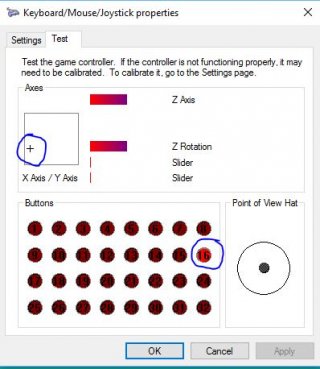Hello,
So I am trying to create a game controller (with the same functionality of an XBox controller) that will plug into a phone (Android 7.x) via a micro USB connection. What I am wondering is which pins on my Teensy 3.6 would I connect all my inputs to? So, where would the joysticks plug into, the D-Pad, and all the other various buttons. Also, would I need to code anything for my phone to recognize the controller, or is that dependent on the game I am playing? I am very new to this but I do have an experienced engineer working with me so if it is possible to provide a basic answer for me and a more technical one that he would understand that would be great. If you can't do both then a technical one would be best.
Thanks so much!
Luke
So I am trying to create a game controller (with the same functionality of an XBox controller) that will plug into a phone (Android 7.x) via a micro USB connection. What I am wondering is which pins on my Teensy 3.6 would I connect all my inputs to? So, where would the joysticks plug into, the D-Pad, and all the other various buttons. Also, would I need to code anything for my phone to recognize the controller, or is that dependent on the game I am playing? I am very new to this but I do have an experienced engineer working with me so if it is possible to provide a basic answer for me and a more technical one that he would understand that would be great. If you can't do both then a technical one would be best.
Thanks so much!
Luke


